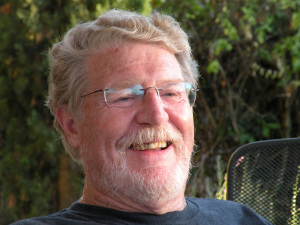The bombs that obliterated those cities were tiny by today's standards, and comparing "Fat Man" and "Little Boy" -- the incongruous names of the weapons that leveled both cities -- to modern weapons stretches any analogy beyond the breaking point. If the Hiroshima bomb represented approximately 27 freight cars filled with TNT, a one-megaton warhead would require a train 300 miles long.
Each Russian RS-20V Voevoda intercontinental ballistic missile (ICBM) packs 10 megatons.
What has made today's world more dangerous, however, is not just advances in the destructive power of nuclear weapons, but a series of actions by the last three U.S. administrations.
First was the decision by President Bill Clinton to abrogate a 1990 agreement with the Soviet Union not to push NATO further east after the reunification of Germany or to recruit former members of the defunct Warsaw Pact.
NATO has also reneged on a 1997 pledge not to install "permanent" and "significant" military forces in former Warsaw Pact countries. This month NATO decided to deploy four battalions on, or near, the Russian border, arguing that since the units will be rotated they are not "permanent" and are not large enough to be "significant." It is a linguistic slight of hand that does not amuse Moscow.
Second was the 1999 U.S.-NATO intervention in the Yugoslav civil war and the forcible dismemberment of Serbia. It is somewhat ironic that Russia is currently accused of using force to "redraw borders in Europe" by annexing the Crimea, which is exactly what NATO did to create Kosovo. The U.S. subsequently built Camp Bond Steel, Washington's largest base in the Balkans.
Third was President George W, Bush's unilateral withdrawal from the Anti-Ballistic Missile Treaty and the decision by the Obama administration to deploy anti-missile systems in Romania and Poland, as well as Japan and South Korea.
Last is the decision by the White House to spend upwards of $1 trillion upgrading its nuclear weapons arsenal, which includes building bombs with smaller yields, a move that many critics argue blurs the line between conventional and nuclear weapons.
(Note: You can view every article as one long page if you sign up as an Advocate Member, or higher).





